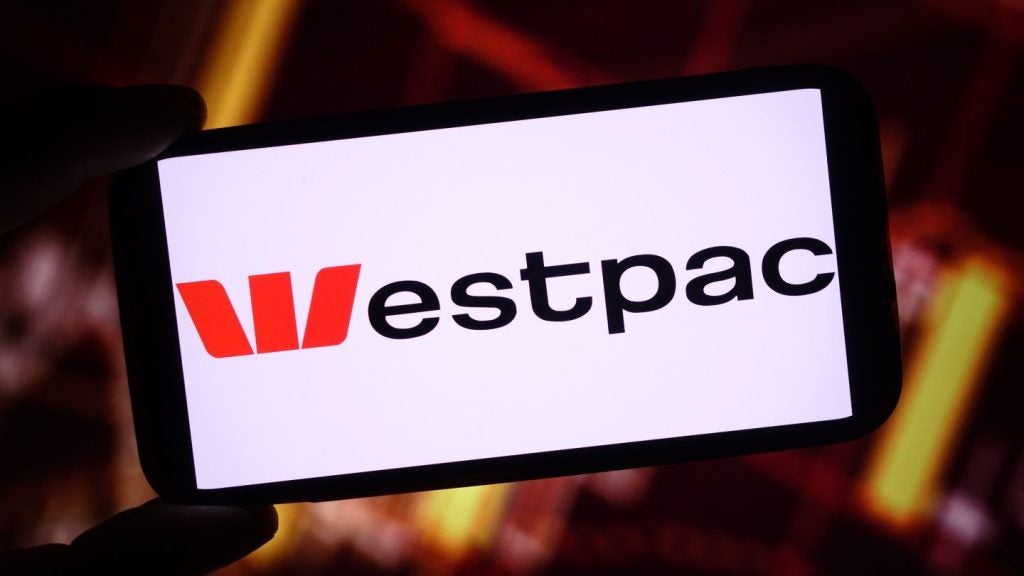Hugh Fasken
talks to David McKay, group head of Canadian banking at Royal Bank
of Canada. The bank now has five million active online customers
and next month is expanding its highly successful RBC Rewards
loyalty programme to all its consumer banking product categories,
not just credit cards.
It could be argued that David McKay, group head of Canadian
banking at Royal Bank of Canada, has one of the most interesting
and responsible – and keenly watched – jobs in global retail
banking at the moment.
Though he is at pains to stress that Canada is “very far from
immune” to the global downturn, and unemployment is starting to
creep up in the country, Canada and its banks have so far managed
to avoid the worst of the financial crisis. More than that, his
bank, RBC, is navigating its way through the mêlée relatively
well.
 In March, the country’s banks
In March, the country’s banks
reported first quarter 2009 figures (see RBI 608). RBC
reported group net income of C$1.05 billion ($871 million) for the
quarter, down 15 percent from a year ago, though its Canadian
banking unit posted net income up 3 percent at C$696 million.
RBC has grown to be North America’s
fifth-largest banking group by market capitalisation: as at 2
April, it was worth $43 billion, compared to $106 billion for the
largest, JPMorgan Chase, $65 billion for Wells Fargo, $58 billion
for Goldman Sachs, and $46 billion for Bank of America.
Local Canadian rival Toronto-Dominion
Financial is seventh, at $31 billion, while Scotiabank is ninth,
worth $27 billion – a stark indication of the power Canada’s banks
now command on the world stage.

US Tariffs are shifting - will you react or anticipate?
Don’t let policy changes catch you off guard. Stay proactive with real-time data and expert analysis.
By GlobalData“Canada is not immune to the global economic
slowdown but it has largely avoided the worst of the financial
system meltdown,” McKay said. “Its financial institutions have
managed the financial instability well. The Canadian banking
industry and, in particular, its retail banking industry has
performed very well.”
McKay lists a few reasons why this is the
case: a prudent and structured approach to the mortgage market, in
sharp contrast to the US, with an entrenched ‘origination and hold’
mortgage model; a fundamentally different way of dealing with the
‘subprime’ segment; a similarly much more conservative approach to
credit cards; and the Canadian Bank Act, which states loan-to-value
deals higher than 80 percent must be insured by a
government-sponsored or government-owned insurer.
Take credit cards, he says. Banks in the US
have to deal with revolve rates of upwards of 50-60 percent; in
Canada the figure is more like 30 percent, meaning that banks like
RBC may earn less gross yields but contend with about half the loss
rate.
“Canadian banks have dealt with the credit
card business much more conservatively than US players, so when you
get to the down cycle the volatility of earnings is much lower. We
earn the same net yields on our cards business as they do in the US
but with half the amount of risk – so while their book may be
bigger it is because they take on more risk.
“We did not cultivate a deep subprime market
in Canada. One of the reasons for this is the lack of interest
deductibility on the mortgage by the consumer. [Banks in Canada]
haven’t created a demand for the product via interest
deductibility. Also, in the US, the whole value chain was
decomposed to the point where most originators did not hold. It
creates a very different discipline and approach to risk management
when you know that you are going to hold versus non-hold.”
McKay continues: “In the US, they got away
from the fundamentals of consumer lending and forgot about cash
flow. Banks lent against asset values and assumed asset values
would continue to rise. They got away from the question of whether
the customer could afford it.”
The interesting thing, he adds, is that the
home ownership rate in Canada, a country with a much more
risk-averse financial standpoint, is roughly the same as the
US.
“They have no greater home ownership in the
US, in fact slightly less than in Canada,” McKay stated.
Five million active online
customers
 Looking to capitalise on its
Looking to capitalise on its
strong consumer banking momentum, RBC is attacking its domestic
market with a range of initiatives over the next few quarters.
“We compete on four things: service, value for
money, convenience and advice. You have to deliver against all four
of these pillars if you want to be a one-stop-shop organisation,”
he said.
Last month the bank reported that it now has
five million active online banking customers in the country, and
McKay tells RBI that next month RBC is expanding its
successful credit card loyalty scheme, RBC Rewards, to all other
product lines in a major customer service and acquisition campaign.
RBC Rewards currently has two million members and McKay states
unequivocally that people react very positively to these sorts of
schemes.
“We have already one of the largest loyalty
programmes in the country, and we will be announcing a campaign to
give a large number of rewards points to our customers to heighten
the value proposition and the reciprocity for business. I would say
that yes, absolutely, customers respond [to these sorts of
initiatives].
“What customers really want to do is leverage
their purchasing power no matter what they are buying and if you
don’t give them the ability to leverage their purchasing power with
you they will leverage it by fragmenting the relationship. That’s
what happened in the US market: people had a mortgage with
Countrywide Financial, a credit card with MBNA, an investment
account with Schwab, and so on.
“But our philosophy is to get a maximum
cross-sell – which we do already with an average cross-sell of four
products per customer.”
Strong cross-sell figures are helped by RBC’s
commitment to packaged accounts and fixed-fee product models. McKay
says that historically, the number one irritant from Canadian
consumers has been what he calls “nickel-and-diming” in terms of
banking fees.
“When we completely redesigned our product
offers some years back we eliminated the à la carte
nickel-and-dime account. It was the easiest one to sell because the
customer just pays for what they use but it often resulted in an
irritating customer experience because they were always concerned
how much it was costing them. So even though it was easy to sell
and around 70 percent of the accounts we opened were pay-as-you-go
accounts, we decided that we weren’t going to offer the account
anymore and offer one of four packages. And moving to a one-fee
service was a core differentiator to us.”
Animated by the internet
 McKay is equally animated about his bank’s online
McKay is equally animated about his bank’s online
plans. The five million online customers represent more than 50
percent of RBC’s retail customer base and, while stressing the huge
importance of the branch to the bank, McKay stated: “The online
channel will play a significantly more important role going forward
than it has in the past.
“The most important thing is that
multi-channel distribution is the key. People come in and out of
channels all the time. It is the integration and convergence of
these that will be the future.”
To celebrate the milestone, RBC gave C$500 to
its five millionth online customer, a 61-year-old called Jane
Caissie.
The bank says people aged 60 and over have
been the fastest growing segment of online banking clients at RBC,
showing 86 percent growth over the past six years, followed by the
51-to-59 age group with 33 percent growth.
“We are enhancing our online capabilities,
looking at also building a mobile channel and at mobile payments,”
McKay said. “But we see the branch as critical to our future – it
is the physical manifestation of our brand and we will continue to
open new branches. What will change, perhaps significantly, is the
size and configuration of these branches and what we do inside a
branch and how it looks.
He added: “Branches will remain the
cornerstone channel for the foreseeable future. The need is to
integrate seamlessly across channels and that’s exactly what we’re
doing.”
The branch network is vital to another
customer service campaign: advice. McKay says financial advice –
and the growing issue of financial counselling – has become a
mission critical tool to communicate with customers and sell more
products. His bank has the largest team of what he calls “dedicated
mobile investment specialists” in Canada – a group of 700 people –
who deal with customers directly as well as train branch staff.
“We do have a focus on advice and reaching out
to customers in these difficult times, particularly on the
investment side,” McKay told RBI.
“Many of our customers have received
investment account statements showing declines in fund performance
for the first time in seven or eight years, so we’ve been very
proactive in reaching out to them and talking to them about those
statements.
“We have actively gone to them rather than
them coming to us.”








